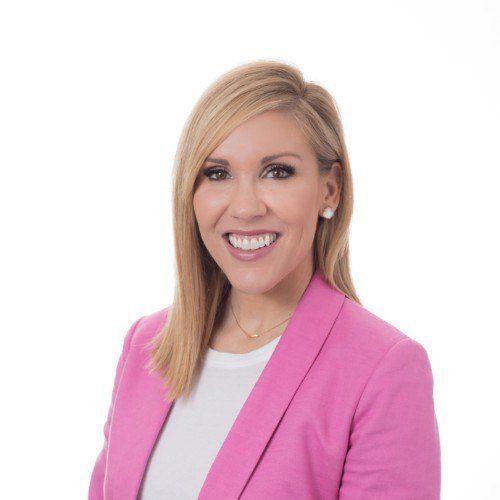
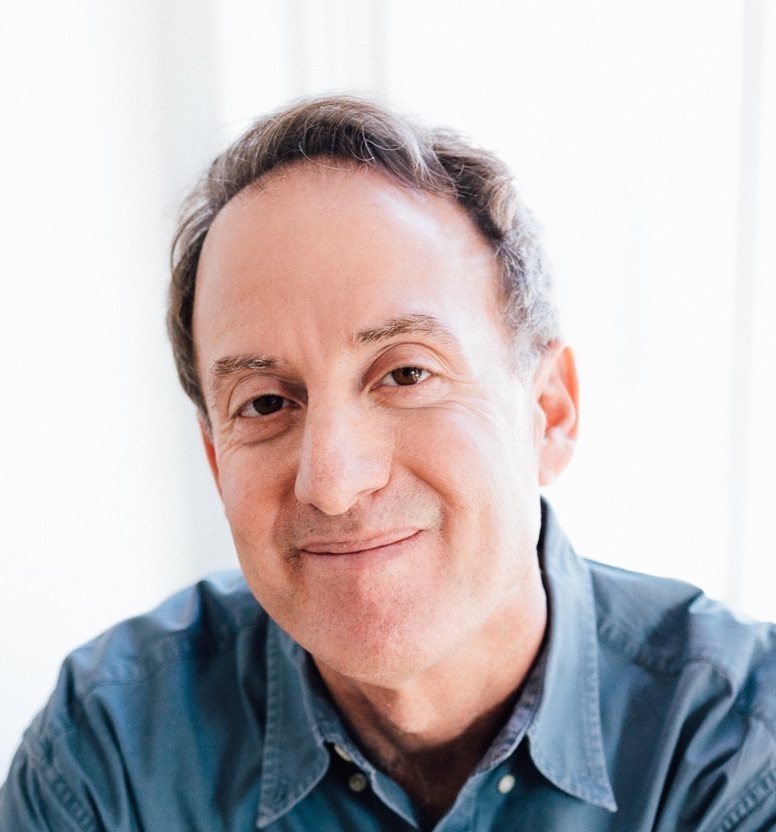

Like most people, I naturally gravitate to stories. If you want me to remember something, tell me a story. If you want to inspire or motivate me, tell me a story. If you need to explain a difficult concept, tell me a story.
The same can be said with my love for tennis. When watching a match, I’m less interested in the technical analysis and stats breakdown and more interested in the stories that make our sport so unique and compelling.
Who’s the favorite and who’s the underdog? Why is this such an anticipated matchup? What’s at stake for the winner and loser? What challenges have they had to overcome to get to this point? What does their life look like off the tennis court?
To learn this, I rely on great storytellers like Blair, Joel, and Jamie to deliver it in a way that grabs my attention and piques my interest. From producing tennis podcasts to entertaining packed stadiums to writing books on tennis’ greatest champions, each of them is making a mark on tennis by telling our sport’s best stories.
As you’ll learn from their own personal stories…
- Blair – an economics major with no formal journalism background
- Joel – a 10-year public relations veteran in his previous career
- Jamie – a collegiate soccer player with no prior tennis experience
…there’s no straight and narrow path to finding a successful career in tennis media. And once you get there, it’s never a dull moment.
Before we dive into the roundtable, let’s first learn a little more about each of them.
*To help support The Tennis Tribe & provide more free content like this, we earn a percentage of any purchases through some of the links below. See our affiliate page for more info.
Blair Henley
Current roles in tennis: Digital host for International Tennis Hall of Fame; Freelance content creator for Tennis Express; stadium host and social media content teams at Grand Slams and other tour level events.
Favorite Tennis Twitter account: @DoubleFault28 (full of tennis GIFs)
Best tennis podcasts: NCR, Body Serve, or Beyond the Baseline
Favorite tennis book(s): Inner Game of Tennis* and Open*
Best tournament to cover: Newport is my happy place
Favorite player to interview: Roger Federer. He could give me a good analysis if I asked him “why the clouds are fluffy” today. He really is that good and, after all these years, still manages to give you something you haven’t heard before.
Joel Drucker
Current roles in tennis: Writer for TENNIS.com, Tennis Channel, and Racquet Magazine; historian-at-large for International Tennis Hall of Fame
Favorite tournament to cover: I love them all for different reasons. None are interchangeable.
Favorite players to watch: Jimmy Connors, Justine Henin, and Ken Rosewall
Best player to interview: Gigi Fernandez, Billie Jean King, and Arthur Ashe… to name a few
Jamie Lisanti

Roles in tennis: Senior Editor, Sports Illustrated; producer of SI Tennis Podcast “Beyond the Baseline”
Favorite tennis book(s): String Theory*, Strokes of Genius* and (just for fun/a good beach read) The Singles Game*
Best Tennis Twitter account: @WTAreactions
Favorite SI Tennis Podcast guest: Sofia Kenin
Favorite tournament to cover: Wimbledon
How did you get started covering tennis?
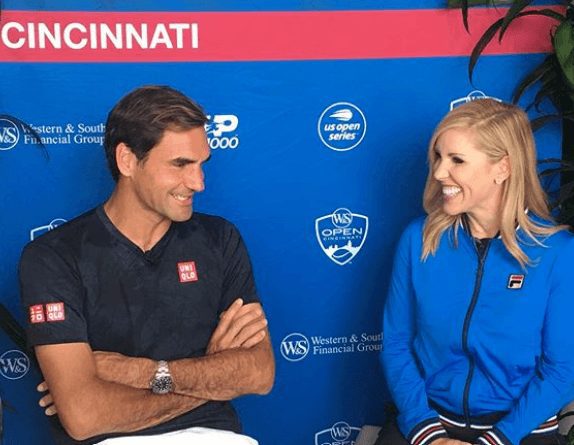
Blair Henley: I majored in economics at Rice University so my path to tennis media was a little unusual. After marrying a baseball player (my now husband Tyler) at age 25, I knew I would be traveling with him and had to think of jobs I could still do while on the road. I always loved writing and, if there was ever a time to pursue it, why not now?
Eventually, I landed a writing gig for WorldTennisMagazine.com with Randy Walker and that was how got my feet wet. I covered my first tournament as credentialed media at Delray Beach in 2011 and remember being intimidated at first. I started out by looking for offbeat pieces to cover or interviewing lesser-known players with an interesting backstory.
This helped me build relationships and opened doors to new opportunities that laid the path for my freelancing career today. I never had any formal training in journalism and feel like I’m still figuring things out as I go. Sometimes that’s the best way to learn.
Joel Drucker: My first taste of tennis writing was during my undergraduate tenure, both through writing classes and internships, and I was immediately hooked. Upon graduating college, I landed a job at a local tennis magazine and unfortunately, it didn’t quite work out at first. I didn’t know what it took to be a journalist at that time.
Next I discovered public relations as a career path where I could build my writing and communications skills and worked at a few large PR firms for the next 10 years.
“I never had any formal training in journalism and feel like I’m still figuring things out as I go. Sometimes that’s the best way to learn.”
Blair Henley
During my PR career, I kept a pinky toe in tennis freelancing and hoped that my firm would get some type of tennis client I could work with. At that point I knew the best way to get fully involved with tennis was to write about it.
When I was 33, my firm announced they were only specializing in the high tech industry and, knowing that wasn’t where my passion was, laid me off. Was it a sign? I had a feeling I was going to end up in tennis one way or another.
From there I started out as a full-time freelancer writing tennis stories and ghostwriting corporate articles. I sold a story to World Tennis Magazine on Jimmy Connors in 1990. I continued building relationships with editors and pitching stories to a lot of tennis magazines and non-tennis magazines.
Since then I’ve been fortunate enough to work in print, digital, and broadcast media over the last 30 years for HBO, Tennis Channel, TENNIS.com, Racquet Magazine, and other publications.
Jamie Lisanti: When I started at Sports Illustrated, the SI.com team needed a tennis editor to take over after the existing one at the time (shout out to the OG Bette Marston!) was moving over to the NFL beat. I jumped at the opportunity to be an SI.com digital producer and editor—it didn’t matter if they asked me to cover badminton or curling or some obscure sport, I was going to do it.
And even though I had never played the sport competitively like I had with soccer, I was all-in on tennis from the start. Right away, I called a friend and we got out on the court for a hit. I started reading all I could. And once I had those first few majors under my belt, I was instantly hooked.
How has the tennis media landscape evolved since you began covering the sport?
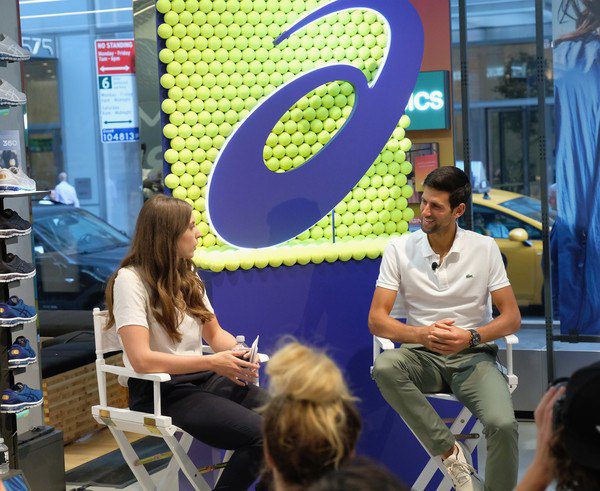
Blair Henley: Social media has been a massive shift and a game changer in terms of accessibility. It gives players a platform to control their own brand and show fans a glimpse into their personalities.
The rise of video content has also helped fans get closer to the action with behind the scenes footage. It has been a learning process for us all. Even when I started in 2010, not every player was on Twitter and many who were active on social media were posting things you couldn’t get away with today.
There are now more entry points to media for anyone out there who wants to start their own tennis website, blog, or podcast and begin building a following. Ten years ago you had to hope someone was going to take a chance and hire you to cover tennis for their publication, but today anyone can be a reporter.
Of course, it’s also more saturated, but the barriers to entry in tennis media are much lower than what they were in the past.
“I love the variety of pieces I get to cover – whether I’m at the slams writing two stories per day for TENNIS.com or spending several months writing a long form story for Racquet Magazine. It all fits into my tapestry for the love of the game.”
Joel Drucker
Joel Drucker: It has changed a lot since I began covering tennis. The news cycle is faster, and the stories are a lot shorter. There are fewer magazines and a lot less space for features on esoteric topics.
The game itself and its major superstars have gotten a lot bigger, which makes it harder to do one-on-one interviews with players than it used to be. Social media gives players the opportunities to build their own brand and become their own journalist to a certain degree.
I wouldn’t say there are any pros or cons; it’s just different. I love the variety of pieces I get to cover… whether I’m at the slams writing two stories per day for TENNIS.com or spending several months writing a long form story for Racquet Magazine. It all fits into my tapestry for the love of the game.
Jamie Lisanti: For one thing, just at Sports Illustrated, we no longer have full-time tennis writers (miss you, Courtney Nguyen!) or dedicated tennis editors like we did when I started. So, from my perspective, it has changed a ton. The media landscape as a whole has changed, so of course, tennis coverage has been impacted.
But overall, tennis has crossed over into the mainstream sports media landscape more so in the last few years. This has allowed the best-of-the-best in tennis media to get some well-deserved spotlight.
Also, since I started, Sinclair acquired TENNIS.com and Tennis magazine and combined those properties with Tennis Channel, and eventually, the WTA made its return to Tennis Channel as well, finally making matches and news coverage more accessible for fans again, which was great.
What does “a day in the life” on the job look like (if there is such a thing)?
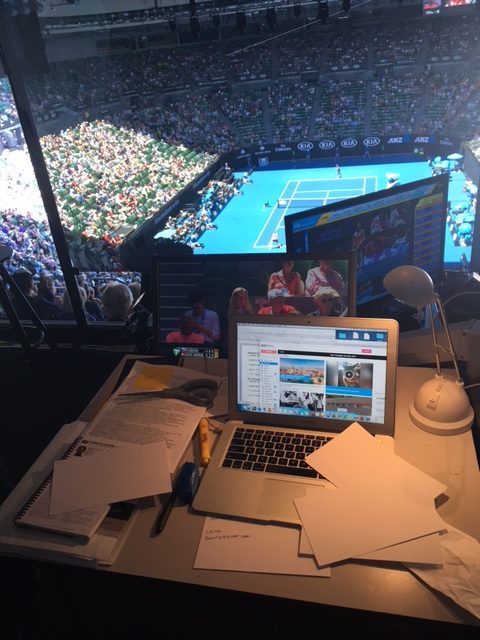
Blair Henley: I’m a full-time freelancer so no day is ever the same. I’m currently working as a digital host for the International Tennis Hall of Fame. I’ve loved the opportunity to catch up with and learn from some of the best to ever play the game.
I’m also doing some freelance content creation for Tennis Express. Last year I covered 9-10 tournaments and wrote for TENNIS.com. During the slams, my work primarily consists of on-court hosting and working on the social media teams.
I love the perks of being a freelancer because I can make my own decisions and determine my own schedule, but it definitely brings challenges. From an administrative standpoint, there is a lot of work that goes into keeping 1099s and invoices together by the end of the year.
There’s also a lot of behind the scenes work that goes into freelancing when you’re not actually working. You’re always staying in touch with different bosses throughout the year and marketing yourself as your own business.
Joel Drucker: During the pandemic, it looks a little different. With less tennis news, generating unique story angles and features are now even more important when there aren’t tournaments to cover.
As a freelancer, I look at my life as an airport. I have planes that I have to get up in the air, fly them, and eventually land them. That’s how it works juggling multiple stories in various stages of their development.
I have stories in the works now that I may not finish for another month or two, but I better be conducting my research and interviews during what I like to call the “hunting and gathering” phase of journalism.
“There’s a lot of behind the scenes work that goes into freelancing when you’re not actually working. You’re always staying in touch with different bosses throughout the year and marketing yourself as your own business.”
Blair Henley
Jamie Lisanti: My official title at Sports Illustrated is senior editor and my role involves a wide-ranging list of tasks that span both digital and print, so the days are all over the place. I’m not solely focused on tennis like I once was, but I am still involved with the Beyond the Baseline podcast and editing tennis columns and stories when they arise.
Sometimes I’m editing or writing, sometimes I’m producing podcasts, sometimes I’m working with the sales and marketing teams on editorial sponsorships… the list goes on. No one day is like the other, but that’s what makes it fun!
How has COVID-19 affected tennis media? Do you think there will be long-term impacts?
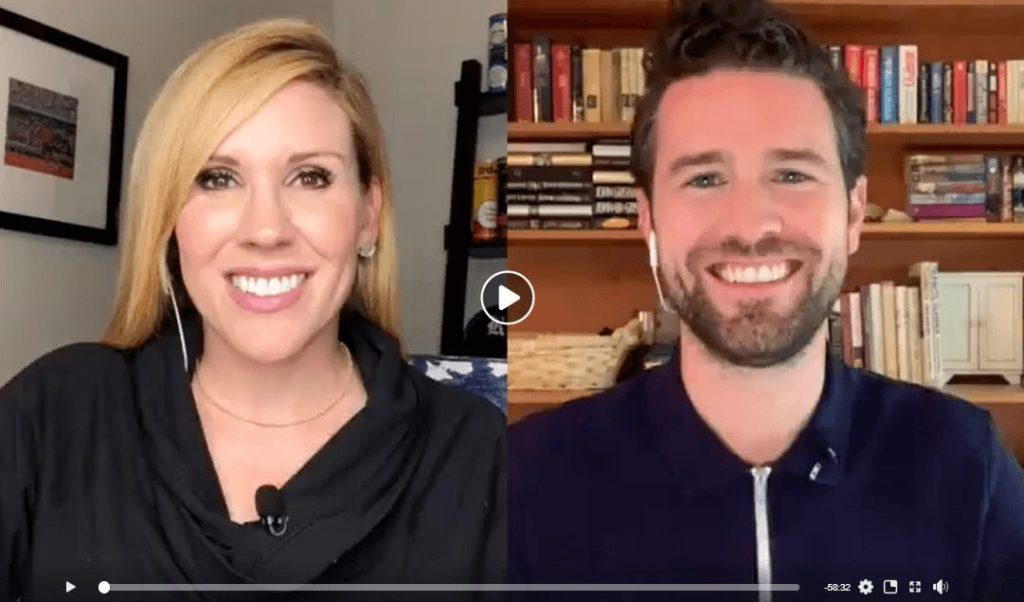
Blair Henley: It’s been interesting to see what can be accomplished long-distance. I’m sure broadcasters are taking note and thinking about remote work possibilities in the future.
I think having remote interviews and press conferences is a very real consideration moving forward. We’ll see what it’s like at the U.S. Open. How will this impact freelancers?
It’s hard to say, but I do think there will be some type of long-term impact. It could likely affect budgets for years to come and tournament directors will have to prioritize what is most important. It’s completely out of my hands and I try not to spend too much worrying about it.
I don’t think there is a replacement to sitting right in front of a player and having those one-on-one conversations though. On a positive note, I hope we continue to see more virtual check-ins with players at home like we have been enjoying the past few months.
“If we’re all going to watching the same broadcasts, what additional insight, opinion or perspective can you provide for a reader?”
Jamie Lisanti
Joel Drucker: I’m lucky to work for a tennis-focused outlet like TENNIS.com where there is always a need to generate tennis stories, even during a global pandemic without much live tennis to report on.
It would look different at a bigger outlet like ESPN or Sports Illustrated where tennis only makes up a small portion of their audience. It’s hard to know what to expect with everything changing and will be interesting to see how things shake out economically.
I don’t like to worry about it; my job is to see how I can bring the most value to tennis readers and fans. At the end of the day, it’s about going out there and writing the best story you can.
Jamie Lisanti: Of course, I think media across all sports are going to have to adjust to a new normal because of Coronavirus concerns. Zoom interviews have already become the norm over the past few months and that will likely continue for the remainder of the year, if not longer.
And if the 2020 U.S. Open goes on as planned in late August, without any media there to cover the tournament, I think it will be interesting to see how tennis coverage is affected. With everyone confined to the couch instead of the court, how will reporting, interviews and stories be impacted?
It will require us to be more creative and give opportunities for more columns vs. straight reported pieces off matches. If we’re all going to be watching the same broadcasts, what additional insight, opinion or perspective can you provide for a reader?
Do you have any tennis mentors who have helped you throughout your career?
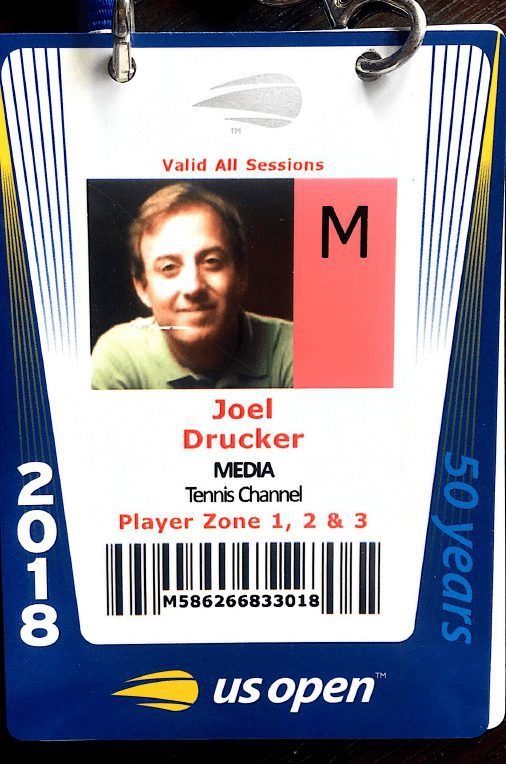
Blair Henley: Michael Fiur gave me an incredible opportunity to cover the 2015 US Open. Andrew Krasney showed me the ropes at my first US Open and has continued to be a valuable mentor since.
Pete Holtermann is one of the first media directors I ever met; he does an outstanding job and has so much insight into the inner workings of tennis. Nick McCarvel has been a great sounding board and friend as well.
Joel Drucker: I’m fortunate to have so many mentors and friends over the course of my career. Steve Flink is a close friend and colleague; I read Peter Bodo as a kid and then got to know him as an adult when I began covering tennis; Bud Collins was a true role model and man of the people who never had a “B List” or tried to big time anyone.
I enjoyed working alongside Frank Deford at HBO. I’m privileged to work alongside commentators like Mary Carillo, Martina Navratilova, Tracy Austin, and Jim Courier. I am also indebted to many other colleagues including S.L Price, Jon Wertheim, Adam Scharff, Andre Christopher, Pete Francesconi, and Mark Preston.
Jamie Lisanti: Courtney Nguyen and Jon Wertheim have been invaluable mentors and idols, both in tennis and generally. I’ve learned an incredible amount from reading and editing through their articles; from the way they conduct themselves at majors and in other settings; from their reporting and relationships with people in the tennis community… the list goes on. I’ve been very lucky to have worked with two Hall of Famers so early in my career.
What advice would you give to others looking to make a career in tennis or sports media?
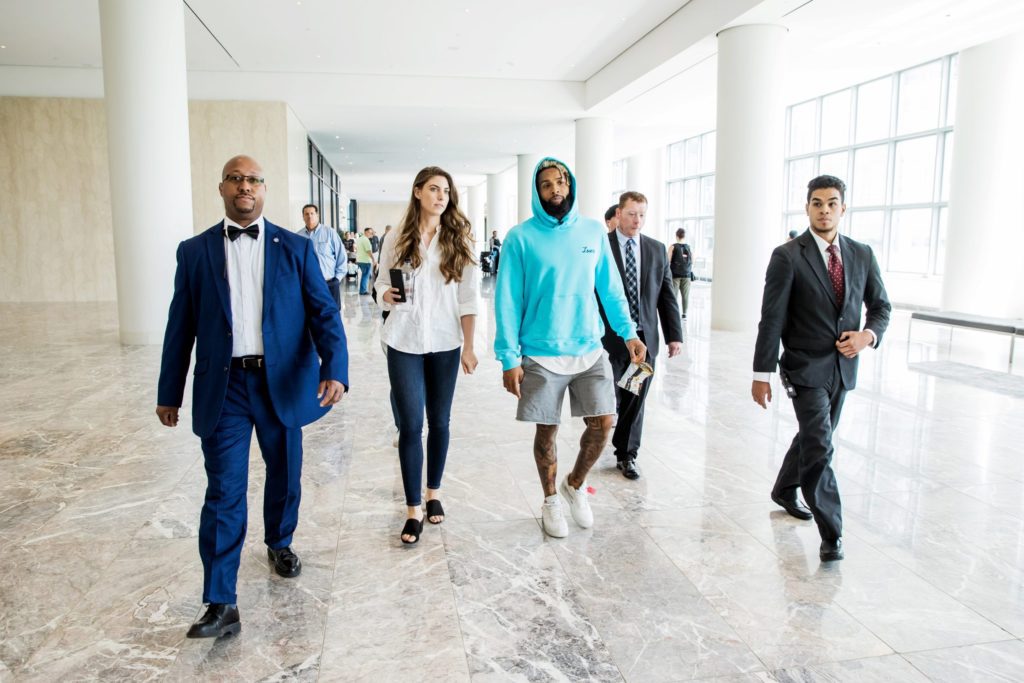
Blair Henley: It’s such a grind for anyone working in tennis media and there’s a lot of work that is required behind the scenes. You’ve got to put yourself out there and get out of your comfort zone. Being consistently good is also very important.
Lastly, don’t be afraid of the word “no”. I’ve been told no so many times and you never know when you might get the “yes” you’ve been waiting on.
“Don’t just settle for being a ‘good writer’. Sure, a good writer can keep the ball in play. But a great writer hits for the lines instead of going down the middle.”
Joel Drucker
Joel Drucker: Lead the league in thank you letters and always have a constant trail of connection. Relationships and ideas are the most important things you need to make a successful career as a freelancer.
Finally, don’t just settle for being a “good writer”. Sure, a good writer can keep the ball in play. But a great writer hits for the lines instead of going down the middle.
For questions, comments, or story ideas, connect with Hanlon at hpwalsh@gmail.com or find him on Twitter at @HanlonWalsh.
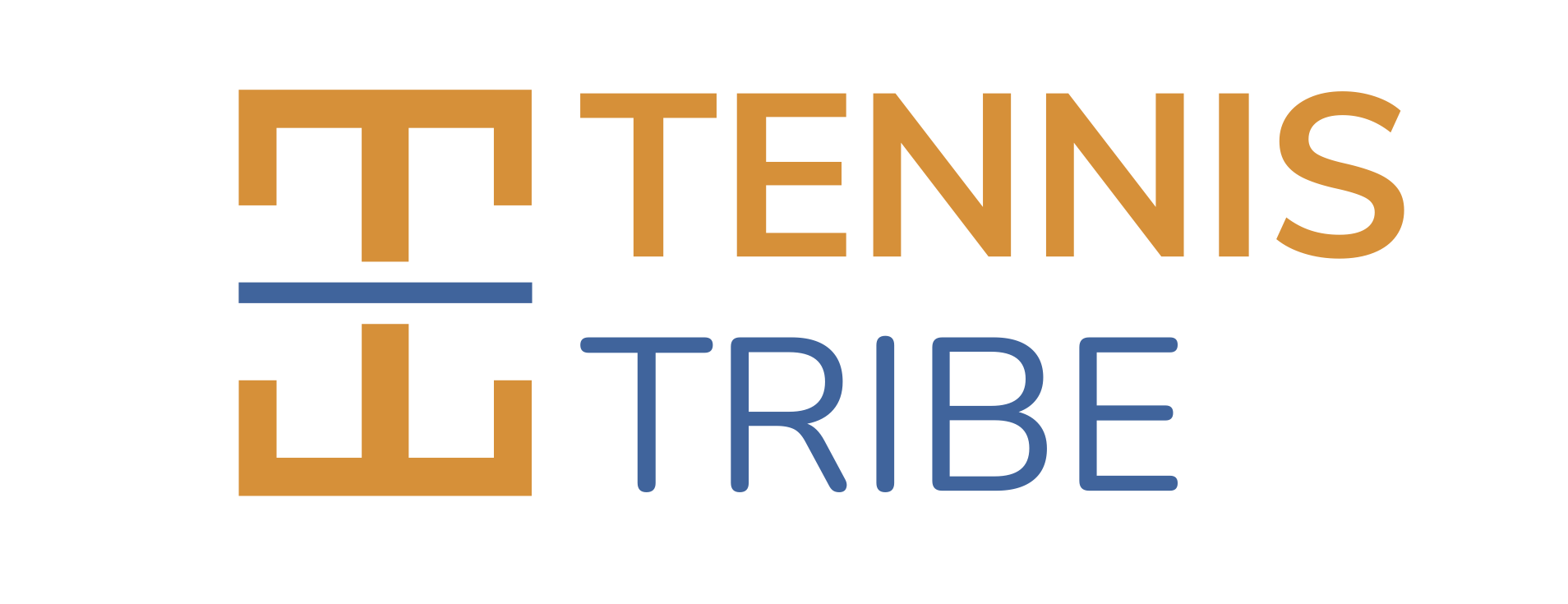
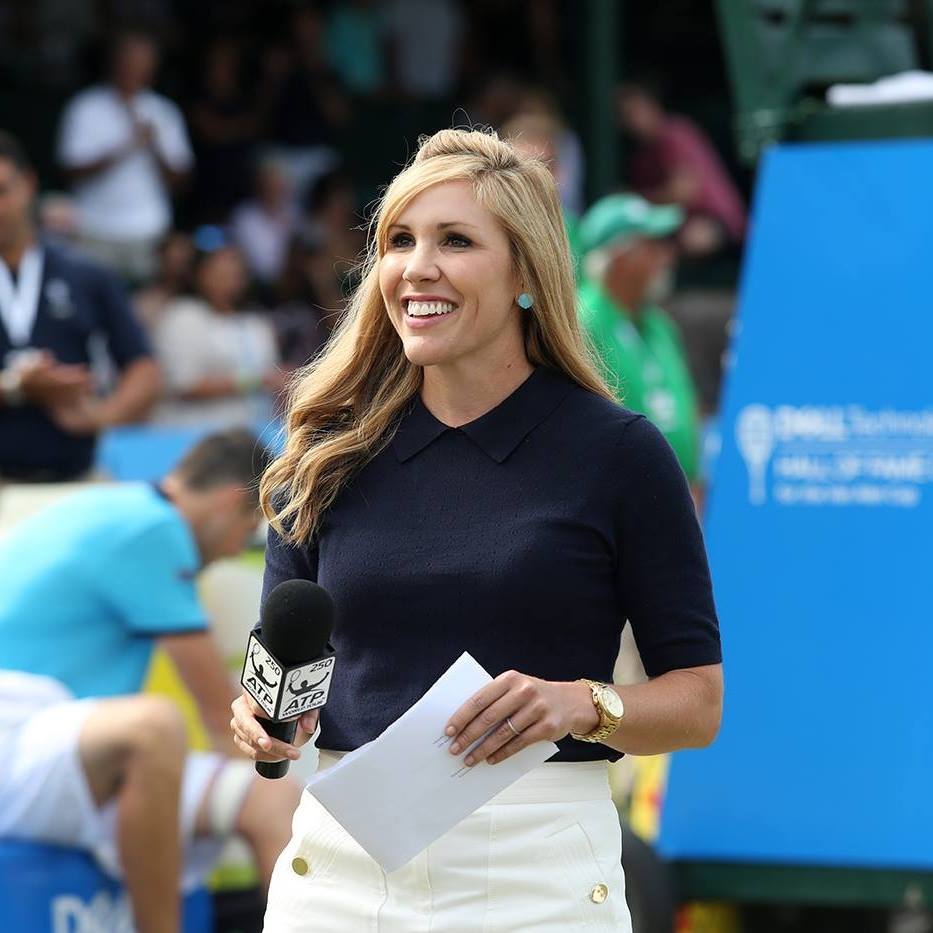
Leave a Reply